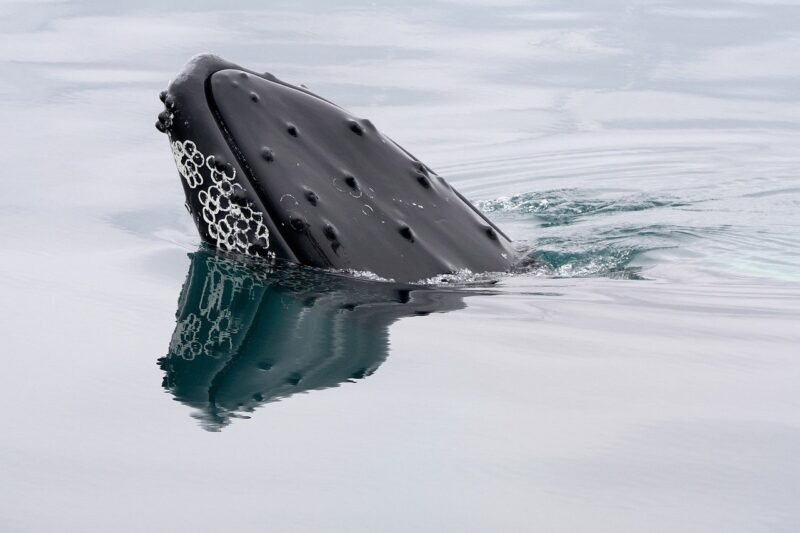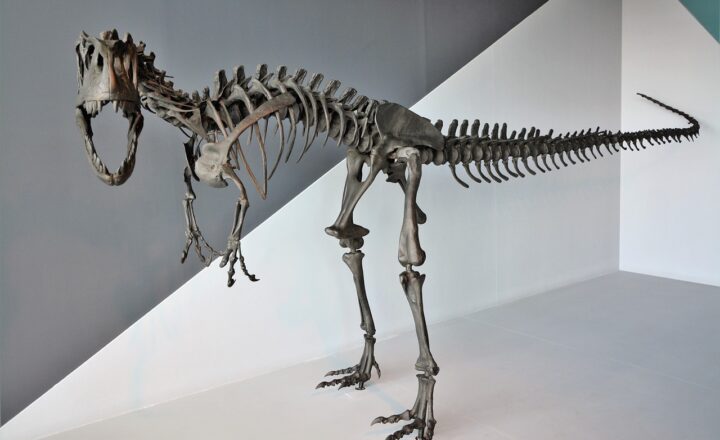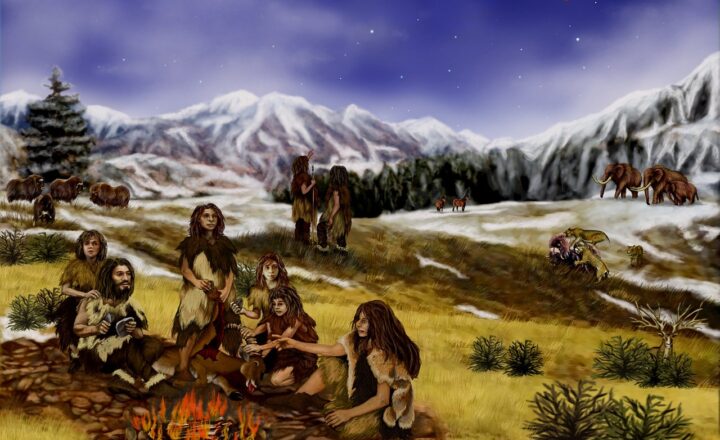Ancient Ocean Giants: Meet the First Whales and Other Marine Mammals
November 14, 2024

The vast oceans of Earth have long been home to some of the most magnificent creatures ever to roam the planet. Among these are the ancient ancestors of today’s whales and other marine mammals. Rich with evolutionary adaptations, these remarkable beings shed light on the history of life beneath the waves. In this article, we will explore the origins of these ocean giants, examine their evolutionary journey, and uncover the fascinating characteristics that marked their existence.
1. The Evolutionary Waters: The Beginnings of Marine Mammals
Before delving into the world of ancient whales, it’s crucial to understand how marine mammals evolved from their terrestrial ancestors. Millions of years ago, the Earth was home to various terrestrial mammals that evolved in response to changing environments and ecological pressures. The group we now know as cetaceans, which includes modern whales, dolphins, and porpoises, emerged from mammals that originally inhabited the land during the Eocene epoch, around 56 million years ago.
1.1 From Land to Sea: The Transition
This transition to a fully aquatic lifestyle marked a significant evolutionary shift. The earliest known ancestors of modern whales were land-dwelling creatures such as the Pakicetus, which inhabited shallow coastal regions of present-day Pakistan. Over millions of years, these mammals underwent a series of adaptations that allowed them to thrive in marine environments. Key changes included:
- Streamlined Bodies: Evolution favored body shapes conducive to swimming, gradually reducing limbs and enhancing the tail for propulsion through water.
- Enhanced Sensory Systems: Adaptations in hearing and echolocation abilities were vital for survival in dark and deep waters, leading to the highly sophisticated sonar systems used by modern whales.
- Respiratory Adaptations: The development of blowholes allowed these creatures to breathe efficiently at the surface while spending extended periods underwater.
These adaptations allowed early cetaceans to exploit the abundant food resources present in marine environments, marking a significant turning point in their evolutionary path.
2. Meet the Ancients: The First Whales
Among the earliest known whales, a few remarkable species stand out, providing a glimpse into the past and the progression of whale evolution over millions of years.
2.1 Ambulocetus: The “Walking Whale”
One of the earliest cetaceans is the Ambulocetus, dubbed the “walking whale.” Living approximately 50 million years ago, this semi-aquatic creature possessed both land and aquatic adaptations. With long, powerful limbs and a streamlined body, it could walk on land while also being an adept swimmer. Fossil evidence from sites in Pakistan indicates that Ambulocetus spent significant time in shallow waters, relying on its versatile physique to hunt for fish and marine prey.
2.2 Basilosaurus: The Giant of the Seas
Next in line is Basilosaurus, a true giant of the ancient oceans, existing around 40 million years ago. Unlike its predecessor, Basilosaurus was fully adapted to marine life, reaching lengths of up to 60 feet (18 meters) and possessing a long, serpentine body. Its physical characteristics indicate that it was a powerful predator, likely feeding on large fish and other marine mammals of its time. Additionally, Basilosaurus possessed small, vestigial hind limbs, a remnant of its land ancestors, showcasing the evolutionary journey of cetaceans from land to sea.
3. Early Marine Mammals Beyond Whales
While whales often captivate our attention, other marine mammals originated alongside them, further diversifying life in the oceans. These include ancient sirenians and pinnipeds.
3.1 Sirenians: The Sea Cows
Sirenians, also known as sea cows, evolved during the Eocene epoch and include modern-day manatees and dugongs. These gentle herbivores inhabit warm coastal waters and are characterized by their large, rounded bodies and paddle-like flippers. Fossils of early sirenians, such as Prorastomus, which lived around 40 million years ago, provide insights into their adaptations for a fully aquatic lifestyle.
With long, streamlined bodies and limbs adapted into paddle-shaped flippers, sirenians are perfectly designed to graze on underwater vegetation, which forms the basis of their diet.
3.2 Pinnipeds: The Seals and Sea Lions
Pinnipeds emerged around 20 million years ago and include seals, sea lions, and walruses. These marine mammals are characterized by their external ear flaps and the ability to rotate their hind limbs, equipping them for both swimming and movement on land. Fossil evidence shows that the evolutionary pathway for pinnipeds involved adaptations for a life spent partially on land and partially in the sea.
Examples of ancient pinnipeds include Enaliarctos, a early seal-like creature, illustrating the diversification of marine mammals in response to environmental conditions and food availability in the oceans.
4. The Impact of Ancient Marine Mammals on Today’s Biodiversity
The ancient marine mammals highlight the intricate connections between evolutionary history and modern biodiversity. Their adaptations and evolutionary journeys set the stage for the ongoing evolution of marine life. The adaptations seen in contemporary marine mammals, ranging from echolocation in modern whales to the grazers like manatees, reflect their ancient origins.
Key Takeaways:
- Understanding the evolution of ancient marine mammals helps scientists study biodiversity and conservation efforts today.
- The evolutionary journey of these animals thus emphasizes the fragile balance existing in marine ecosystems that need protection.
5. Conclusion: Preserving Our Ocean Giants
From the land-dwelling ancestors of modern cetaceans to the diverse marine mammals roaming the oceans, the evolutionary story of ancient ocean giants is both captivating and complex. The continued existence of these magnificent creatures serves as a reminder of the history that shaped them and the importance of preserving our oceans. As we learn about their past, we must also commit to protecting the marine environments they inhabit, ensuring that future generations can appreciate these incredible beings.
Exploring the intricate connection between ancient and modern marine mammals not only enriches our understanding of evolution but also highlights the urgent need for conservation, lest we lose these extraordinary animals forever.







